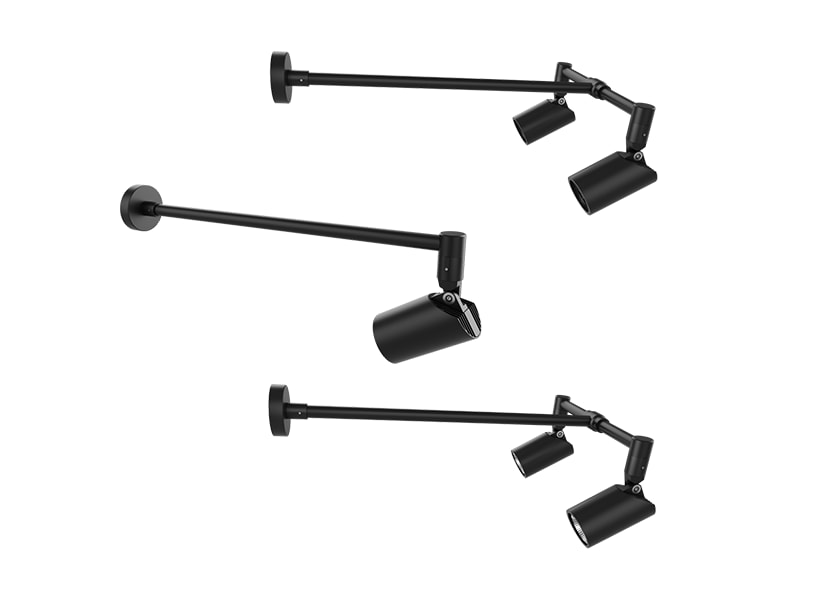Dec. 23, 2023
Lights & Lighting
When it comes to pendant lights, finding the right spacing is key to achieving an aesthetically pleasing and functional lighting arrangement. So, how far should pendant lights be from each other? Let's explore this crucial aspect of interior design to ensure your space is both well-lit and visually appealing.

The optimal distance between pendant lights largely depends on the purpose and design of the space. In general, a guideline to follow is to space pendant lights approximately 24 to 30 inches apart. This spacing provides an even distribution of light while preventing overcrowding, maintaining a balanced and harmonious look.
The dimensions of the room and the height of the ceiling play a significant role in determining pendant light spacing. In larger rooms or those with higher ceilings, lights can be spaced a bit farther apart to cover a broader area effectively.
The size of the pendant lights themselves is a crucial factor. Larger fixtures may require more space between them to avoid a cluttered appearance, while smaller fixtures can be placed closer together.
Consider the function of the space. For task-oriented areas like a kitchen island, you may want to space pendant lights more closely to ensure ample illumination. In areas meant for ambiance, such as a living room, slightly wider spacing can create a more relaxed atmosphere.
Pendant lights are commonly used over kitchen islands. For a standard-sized island, spacing lights around 24 inches apart is effective in providing sufficient task lighting without overwhelming the space.
When placing pendant lights over a dining table, consider the table's length. Space the lights evenly above the table, ensuring they illuminate the entire surface for a balanced and inviting dining experience.
Pendant lights in hallways should be spaced to provide a well-lit path. Approximately 30 inches between lights works well, preventing shadows and creating a welcoming ambiance.
Consider Eye Level:Hang pendant lights at eye level to ensure they contribute effectively to the overall lighting scheme and maintain a comfortable visual balance.
Use Adjustable Fixtures:Opt for pendant lights with adjustable heights, especially in spaces with varying ceiling heights. This allows for flexibility in achieving the desired look and functionality.
Experiment with Heights:Play with the heights of pendant lights to add visual interest. Varying heights can create a dynamic and engaging lighting design.
In conclusion, the ideal spacing between pendant lights involves a thoughtful consideration of room size, ceiling height, pendant size, and the purpose of lighting. By understanding these factors and applying practical tips, you can achieve a well-lit and visually appealing space that suits both your functional and aesthetic needs.
If you are interested in sending in a Guest Blogger Submission,welcome to write for us!
All Comments ( 0 )